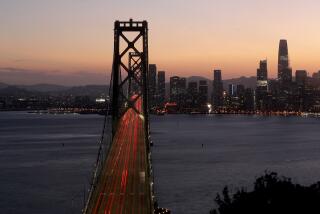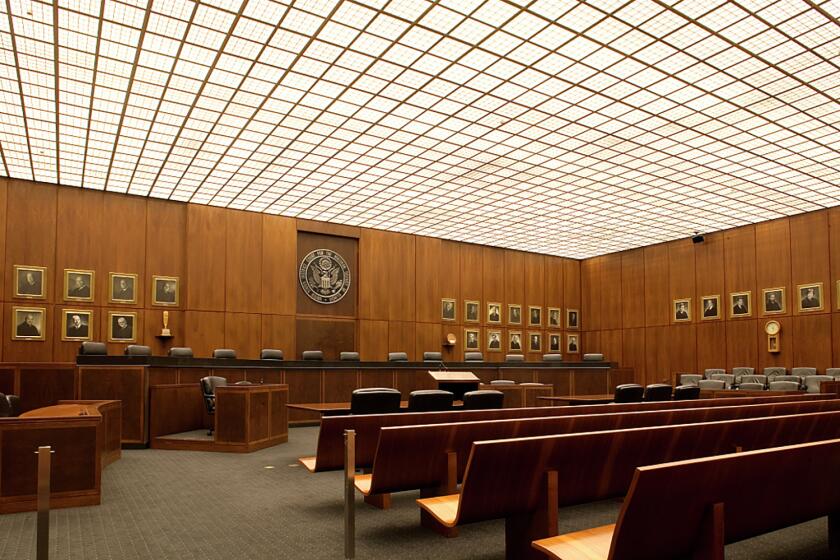Opinion: Electric vehicles aren’t pollution-free, but they’re a lot better than gas-burning cars
To the editor: I take issue with the assertion that switching to zero-emission vehicles “only” gets rid of tailpipe emissions. Getting rid of tailpipe emissions on our roads and highways would be a huge accomplishment that massively improves air quality. (“Freeway pollution travels farther than we thought. Here’s how to protect yourself,” Dec. 30)
When cars burn fossil fuels, they emit enormous quantities of poisonous internal combustion byproducts like hydrocarbons and particulate matter through their tailpipes. You see it every time that smoke billows from underneath your rear bumper. Driving a gasoline-powered car is a typical citizen’s most air-polluting activity.
Electric vehicles, on the other hand, don’t even require tailpipes to facilitate poisonous dumping into the atmosphere. That’s your first clue that EVs are a better choice.
Don’t let the perfect be the enemy of the good. EVs may not bring an absolute halt to transportation-caused health problems, but they will go a long way toward cleaning our air.
Linda Nicholes, Huntington Beach
..
To the editor: One source of bad air that you overlooked is parked, idling vehicles.
I work from home and observe many drivers pull their cars over and sit there with engines idling for up to 45 minutes, often checking their phones, eating or doing something else. At the nearby elementary school, parents sit inside idling cars waiting to pick up their children. I’m sure this occurs all over the city.
I have contacted the school and asked that parents be reminded to turn off their engines, but it continues. It is ironic that many of those same parents who worry about living too close to freeways or are concerned about the safety of their kids walking home alone put their children’s lungs at risk by emitting pollutants from their cars.
Genie Saffren, Los Angeles
..
To the editor: The article on air pollution “drift” in the vicinity of freeways in Los Angeles does an excellent job describing the health dangers of living near car and truck corridors. What is not discussed in this piece, and many recent articles about air pollution, is the air traffic over our city.
With the new flight paths created by the next-generation air traffic control system, many of us — from Malibu and Culver City to West Adams and downtown — now have airplanes flying in a single path over our homes at 3,000 feet every two minutes.
What are the health effects of these freeways in the sky?
Rebecca Morse, Los Angeles
Follow the Opinion section on Twitter @latimesopinion and Facebook
More to Read
A cure for the common opinion
Get thought-provoking perspectives with our weekly newsletter.
You may occasionally receive promotional content from the Los Angeles Times.






